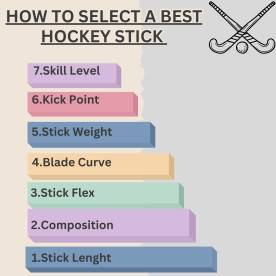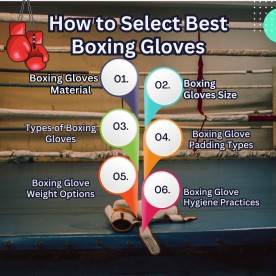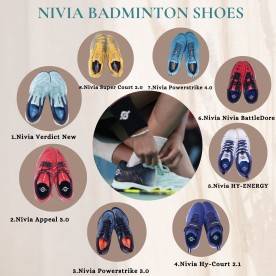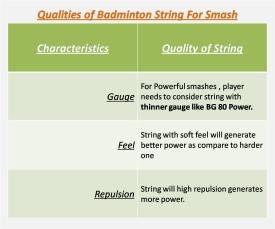Introduction: Mastering the rules of badminton service: A beginner's guide
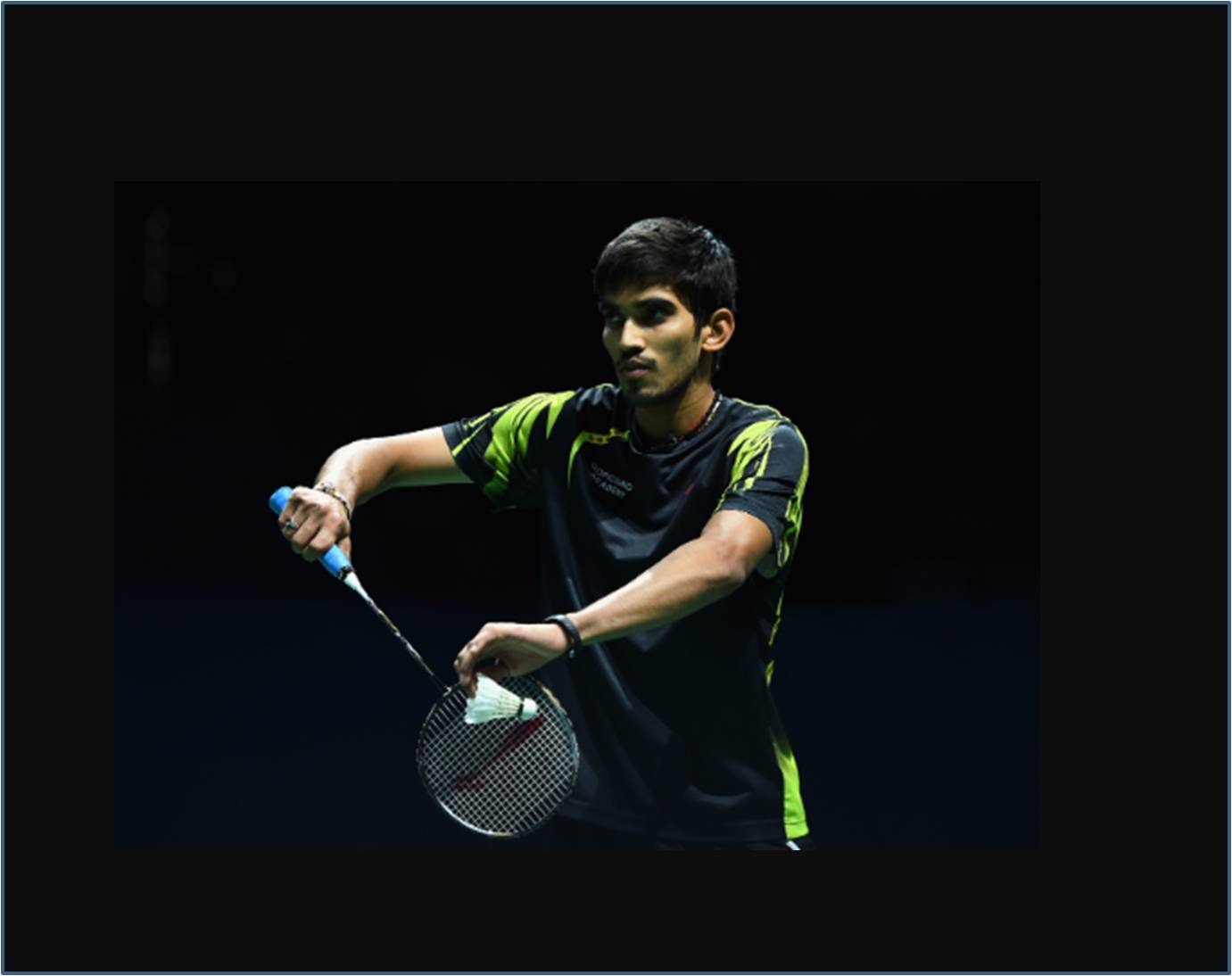
Welcome to the exciting world of badminton! As a beginner, understanding the basic rules of the service is crucial to enjoying this fast and dynamic sport. In this comprehensive guide, we'll explore the key serving rules in badminton, giving you the knowledge and confidence to step out onto the court and serve like a pro!
With its inclusive nature and lifelong appeal, badminton is a fantastic game for individuals of all ages to enjoy and embrace. So grab a racket, step onto the court, and experience the magic of badminton!
Badminton is a wonderful sport that benefits individuals of all ages. It provides physical fitness and instills important values contributing to a purposeful life. Badminton serving rules for the beginners doubles the foundation for them to improve their skills and eventually play like professionals by mastering these fundamental principles.
Here are some essential rules to follow while playing badminton:
-
How many serves in Badminton?
Players serve the Shuttlecock in each game. The number of serves depends on the scoring system: 21-point or 11-point. In the 21-point system, players serve until they win a rally, accumulating points until reaching 21. In the 11-point system, the first player to reach 11 points wins. Each player serves from the right service court, diagonally to the opponent's court. Specific rules may apply based on the level, tournament, or association. Familiarize yourself with the game's rules for a better understanding.
-
Standing in the Court of Service
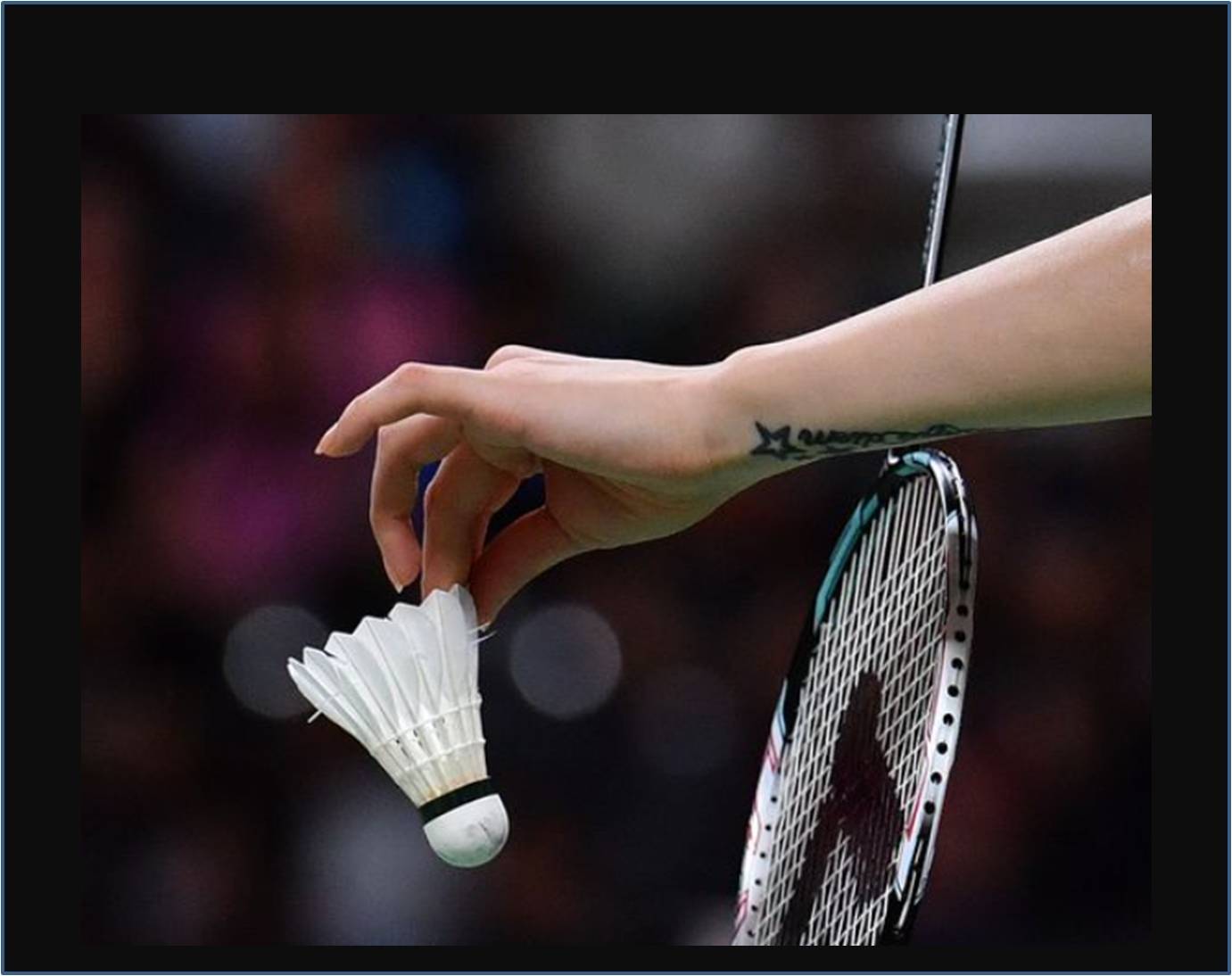
Position yourself correctly in the service area. If your score is even, stand on the right side of the field; if it is odd, stand on the left, which ensures fairness and consistency in the game.
-
Foot Positioning
During your service, both of your feet must remain stationary, avoiding any foot movement until the shuttle is hit. It is forbidden to lift or pull the legs during service. This rule promotes stability and prevents any attempt to gain an unfair advantage through footwork.
-
Boundary Line Avoidance
Ensure that your feet do not touch or cross the boundary lines of the service court while serving.
-
Proper Foot Positioning: Explanation
Position yourself within the designated service area with both feet inside the service box before serving.
-
Shuttlecock Placement (Holding the Shuttlecock)
Before serving, hold the Shuttlecock in your open hand at its base and carefully position it on the strings of your racket before serving and keep a firm grip on the Shuttlecock with your bottom fingers and thumb, gently pressing on the nib or rubber sole, until you are ready to start your server, maintaining control and readiness. This grip allows for better control and more precision when servicing the Shuttlecock.
-
Racket Positioning (Holding the Shuttlecock)
Maintain a downward-facing racket head while holding the Shuttlecock to ensure proper alignment for the serve.
-
Serve with a smooth continuous motion
Smooth, continuous movement is important when making a serve. Avoid deliberately pausing or hesitating before making contact with the Shuttlecock. Smooth motion helps maintain a reasonable pace during gameplay and avoids interruptions or delays in gameplay.
-
Badminton Serving Rules Odd or Even (Serving Based on Score)
Serve from the right side of the court to maintain fairness means depending on whether your score is even or odd.
-
Use an action under the arm
Serving in badminton uses a swinging underarm action. Hold your racquet head under your hand at the point of impact. This technique ensures a legal and efficient service, allowing you to direct the Shuttlecock accurately towards the opponent's service court.
-
Swinging Motion
Swing your racket underhand to strike the Shuttlecock during the serve. A smooth swinging motion helps develop excellent timing and coordination between the player's footwork, body positioning, and racket movement. This synchronization is crucial for effective shot execution and swift court coverage.
-
Serve diagonally over the net
In badminton, the Shuttlecock must always be hit across the net, aiming for the correct direction from your service court to the opponent's service court. If serving is from the right, the shuttle must land to the left of the opponent's service court and vice versa. This rule maintains fairness and avoids any advantage to either player.
-
Net Clearance and Service Court Landing
Ensure your serve clears the net and lands within your opponent's appropriate diagonal service court. A good net clearance allows players to create opportunities for foul shots. By clearing the net with enough height, players can force their opponents into a defensive position, making it challenging for them to execute aggressive shots.
-
Service Court Landing
Service court landing refers to the area where the Shuttlecock must land after being served. The shuttle must land within the boundaries of the opponent's service court for the service to be considered legal. Failure to do so results in a fault and a point awarded to the opponent. Accurate service court landing is crucial to start the game or score points through serves.
-
Badminton serving rules above the waist
Hit it below your waist level. The line is defined as the lowest rib on the serving side. This rule promotes consistency preventing serves that are too high or too low. This ensures fair play, which could give either player an unfair advantage by serving from a higher position.
-
Badminton service Height Rules
Your serve must be hit so high that it will land on the correct service box diagonally without touching the net. The Shuttlecock must always land within the boundaries of the opponent's service court. If your serve lands outside the designated area, it is considered a foul and your opponent scores. This rule encourages accuracy and precision in your serve.
-
Net Contact Avoidance
Avoid contact between the net and your racket or body while performing the service. Do not interfere with your service before entering the receiver's service court on the opposite side.
-
Faults for Serve Length
If your service is too short or too long, it is deemed a fault, resulting in a point for your opponent.
-
Fault Limit
If you commit two faults in a row, you lose the serve, and your opponent gains the opportunity to serve.
-
Rally Victory and Service Continuation
If you win a rally, you retain the servers and continue serving from the opposite service court.
-
Scoring for Successful Rallies
Each rally you win increases your score by one point, indicating your progress in the game, so your score increases by one point for every successful rally won.
-
Only one attempt at Serving
In badminton, you have only one attempt at serving. Mistakes result in the service going to your opponent, highlighting the need for accuracy and consistency in your serving technique.
Conclusion:
Following the badminton serving rules doubles boosts the playing quality and confidence of the beginner in the sport. It improves physical fitness, enhances coordination and motor skills, develops mental agility and focus, fosters teamwork and communication, and promotes overall well-being.
Understanding and following these basic badminton service rules will lay a solid foundation for your game. Remember to practice your serves regularly, focusing on accuracy and consistency. As you gain experience, you can explore more advanced serve strategies and techniques, ultimately taking your game to the next level. Enjoy your badminton journey and experience the thrill of serving like a true champion!








